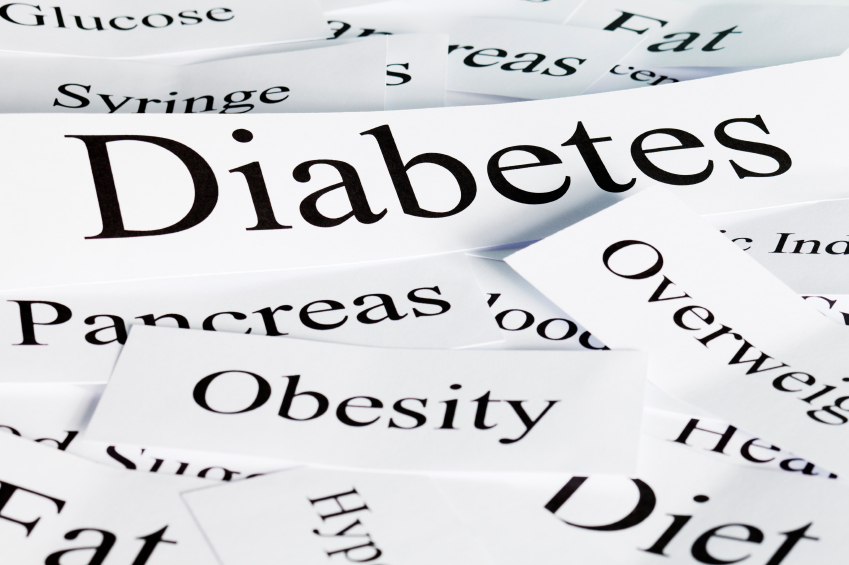 Copyright iStockphotoBy John Michael
Copyright iStockphotoBy John Michael
Diabetes, especially its Type 2 variant, is spreading around the world. Globally, there are now “more than 350 million people” who suffer from this insidious disease, according to an article in the British newspaper The Guardian. This article goes on to state, “About three million deaths a year are attributed to diabetes and associated conditions.” Here at home, the Centers for Disease Control (CDC) disclose, “25.8 million people in the United States (8.3% of the population) have diabetes,” and, “of these, 7.0 million have undiagnosed diabetes.” They conclude their list of statistics with this sobering appraisal: “If current trends continue, 1 of 3 U.S. adults will have diabetes by 2050.”
While only a small portion of people with diabetes worldwide suffer from Type 1, which is, according to the CDC, “an autoimmune disease that may be caused by genetic, environmental, or other factors,” the majority of suffers worldwide have Type 2 Diabetes, which is “usually associated with older age, obesity and physical inactivity, family history of type 2 diabetes, or a personal history of gestational diabetes.” Both disorders concern either “a shortage of insulin” in the body, “or a decreased ability to use insulin, or both.” Mark’s Daily Apple has a great blog that explains the complex dynamics of this disease here.
In an excellent article on the growing consensus that excess dietary carbohydrates are connected to the growth of modern diseases like heart disease, obesity, hypertension, and type 2 diabetes, The Los Angeles Times quotes several medical experts.
"Fat is not the problem," says Dr. Walter Willett, chairman of the department of nutrition at the Harvard School of Public Health. "If Americans could eliminate sugary beverages, potatoes, white bread, pasta, white rice and sugary snacks, we would wipe out almost all the problems we have with weight and diabetes and other metabolic diseases."
"Dietary fat used to be public enemy No. 1," says Dr. Edward Saltzman, associate professor of nutrition and medicine at Tufts University. "Now a growing and convincing body of science is pointing the finger at carbs, especially those containing refined flour and sugar."
"The country's big low-fat message backfired," says Dr. Frank Hu, professor of nutrition and epidemiology at the Harvard School of Public Health. "The overemphasis on reducing fat caused the consumption of carbohydrates and sugar in our diets to soar. That shift may be linked to the biggest health problems in America today."
While a consensus has not yet been achieved among medical professionals as to whether excess carbohydrates and sugar are indeed responsible for the uptick in modern diseases like type 2 diabetes, the message captured in the Los Angeles Times article is echoed by Mark Sisson, who, on his blog, excoriates a reputable diabetes organization’s suggestion that sufferers include in their diets large portions of “breads, grains, beans, pasta, and other starches.” “If you want to develop type 2 diabetes,” he writes regarding the organization’s nutritional advice, “I’m stumped for a more expeditious way to do it.”
By shifting from the typical American to a modern approximation of the Paleolithic diet, we come to eat foods that our bodies are adapted to digesting efficiently. Novel foods like the processed grains that comprise the typical diet's excess in carbohydrates, are quickly converted to blood sugar, which, if not used, as is often the case with calories in our sedentary society, is then stored as fat. As our waistlines burgeon, our risk for type 2 diabetes increases; a Paleo diet, which avoids industrial foods in favor of more ancestral fare, reduces our waistlines, and so, by restoring our natural state of health, protects us from the specter of modern disease.
Related Entries
Paleolithic Nutrition: Diet in the Neolithic
Paleolithic Nutrition: Diet and Modern Disease
 Sunday, December 8, 2013 at 11:05AM
Sunday, December 8, 2013 at 11:05AM  Image: Madeleine Price BallA study recently published in PLOS ONE provides evidence that type I diabetes is more frequent and occurs earlier in mice on a gluten-containing diet.
Image: Madeleine Price BallA study recently published in PLOS ONE provides evidence that type I diabetes is more frequent and occurs earlier in mice on a gluten-containing diet. 






